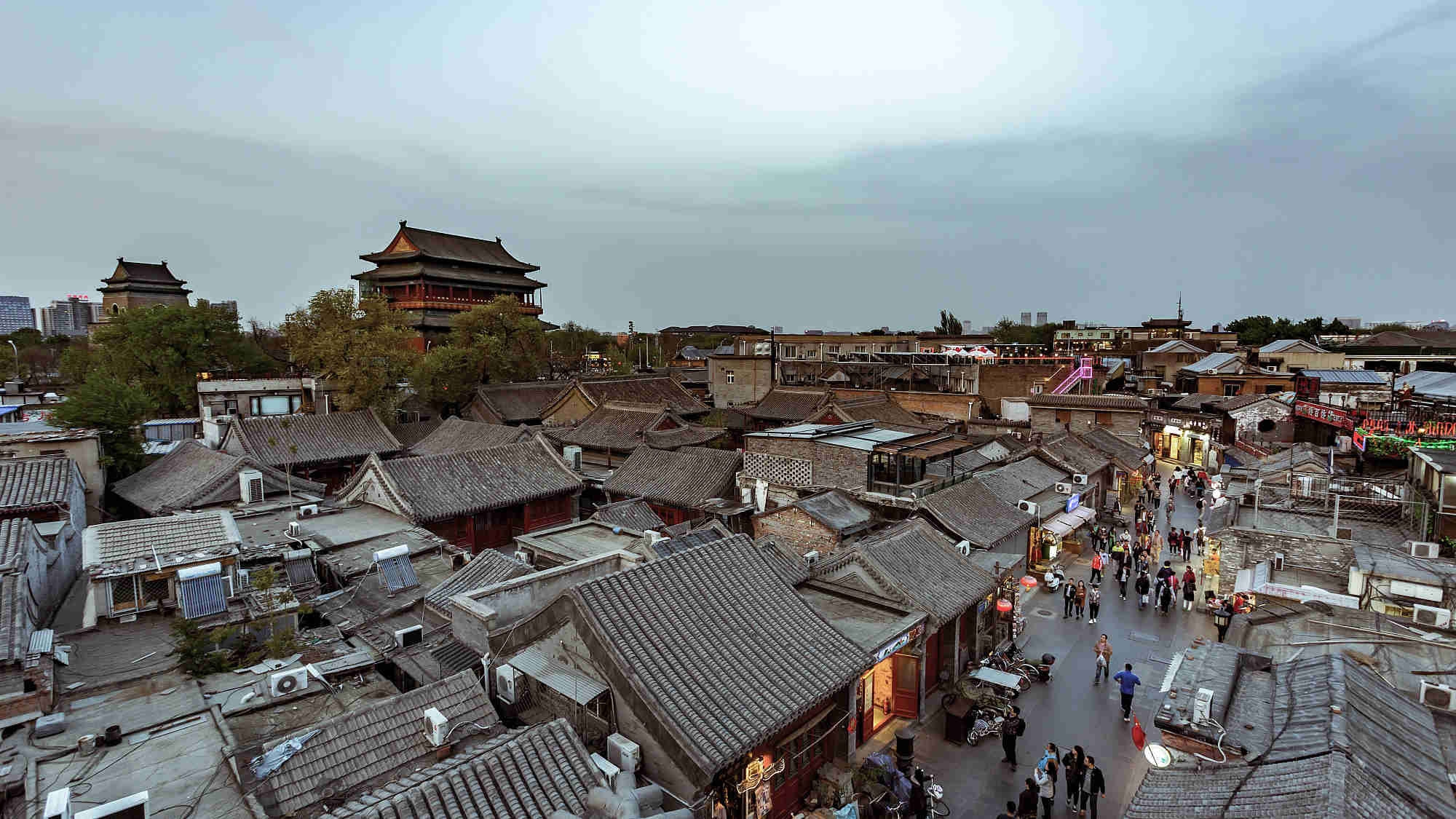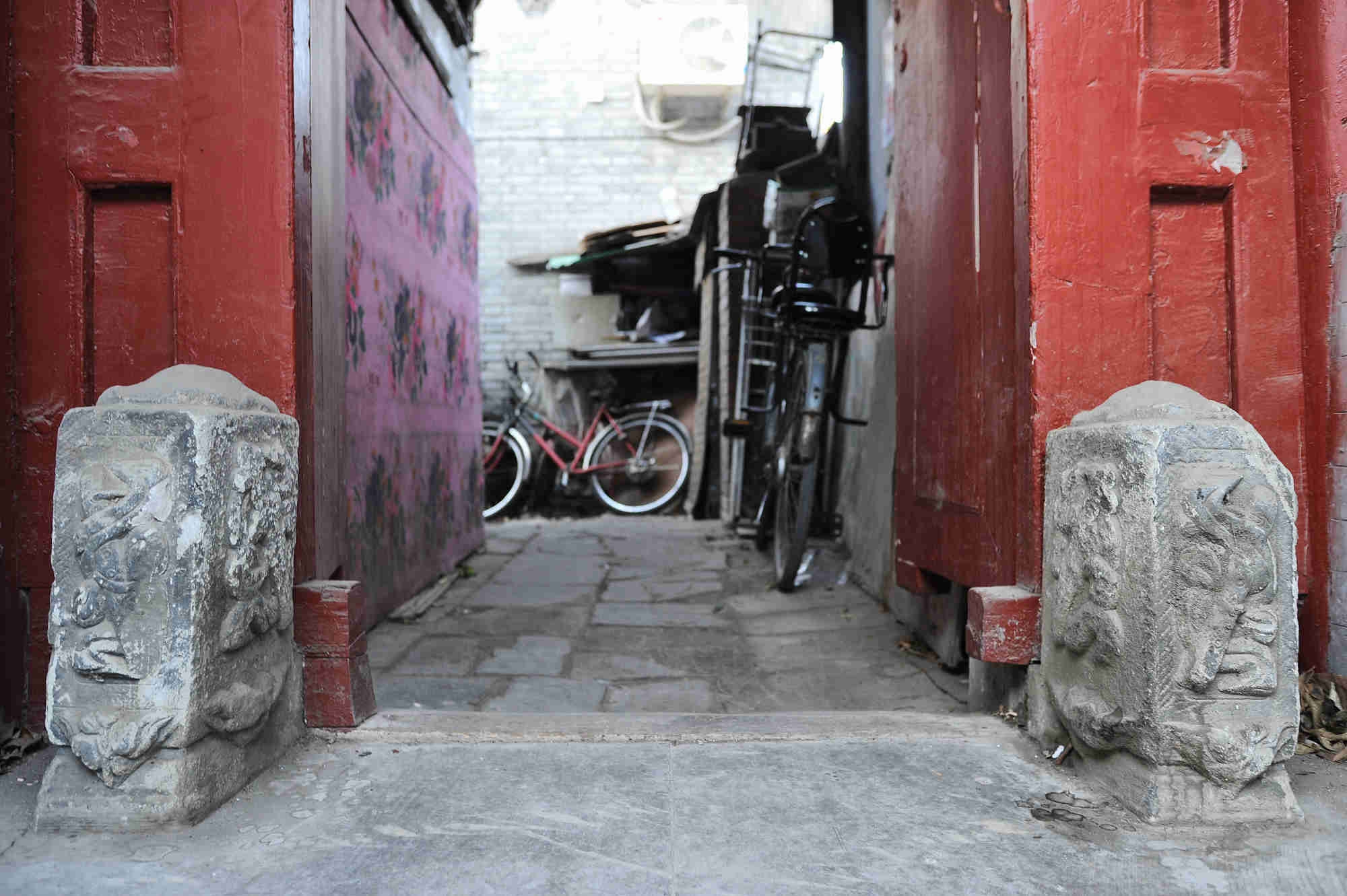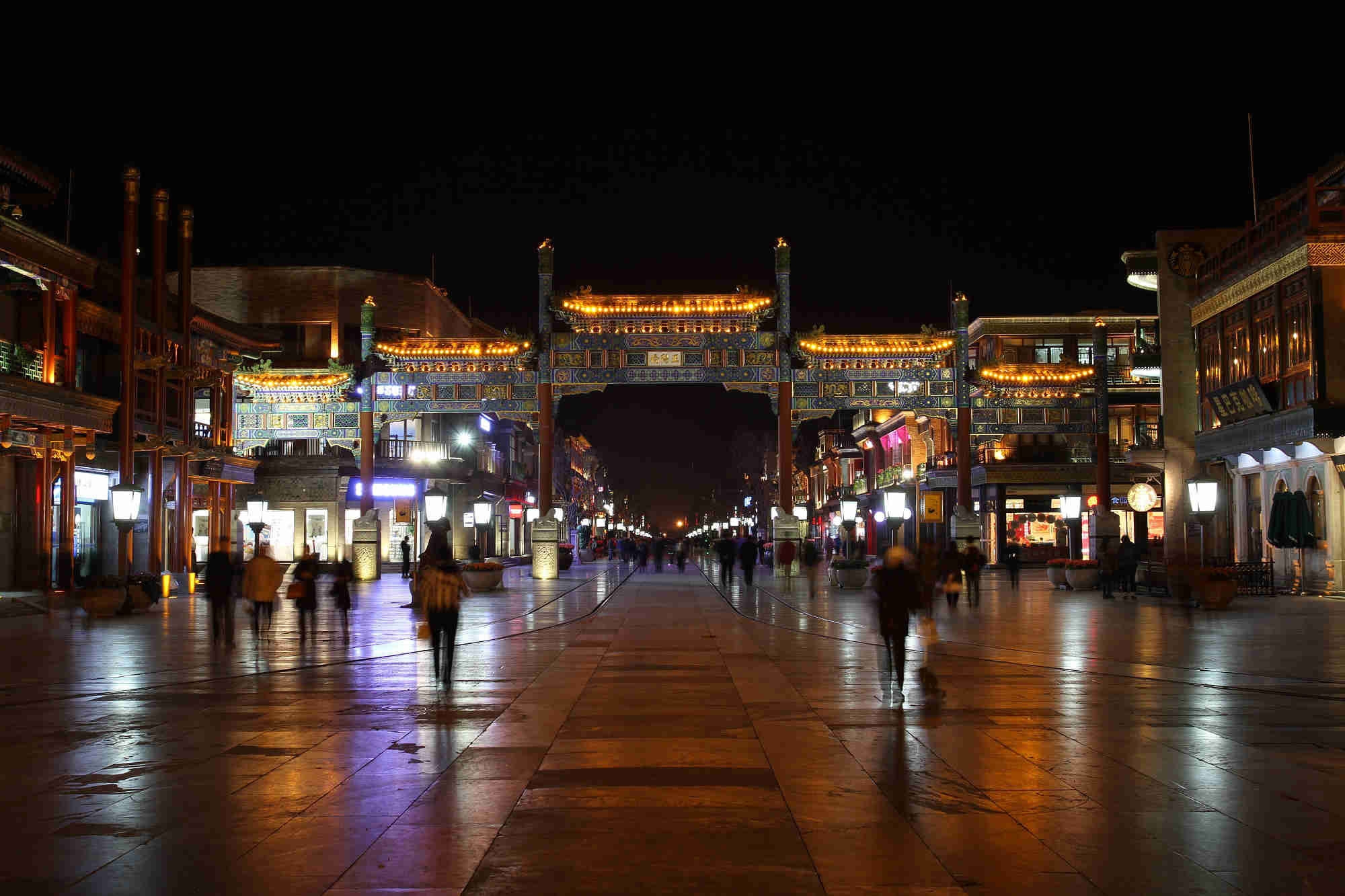Beijing to resume restoration of 15 historical relics as part of cultural preservation efforts
2017-04-08 19:39 GMT+8
4km to Beijing

Editor
Ai Yan
Beijing will resume the restoration work on at least 15 historical residences in Xicheng district, at the heart of the capital, this year, in an effort to promote cultural preservation of the ancient city.
A decision was made at a meeting of the People’s Congress of the district on Friday, to further enhance the protection of cultural relics. Most of the 15 historical sites used to be residences of Chinese celebrities, such as Mei Langfang, China’s famous Peking Opera artist and Tan Sitong, an intellectual and reformist in the late Qing Dynasty (1636-1912).

A seriously damaged gate of an ancient house in Deshengmen Hutong, Beijing. /CFP Photo
A number of historical relics are scattered in Xicheng district, which is part of the ancient capital of the Ming and Qing Dynasties. However, nearly half of the immovable cultural relics have been used or occupied improperly, due to a complicated property situation.
According to Xu Li, Deputy Head of Xicheng district, several blocks will be vacated and renovated. Some of them will be developed into new cultural landmarks like Dashilanr area -- a 300-meter commercial street near Qianmen -- where traditional brands could co-exist with new ones.
They will become zones distinguished by Chinese elements, to revive the essence of the “Old Beijing”, Xu said.
Meanwhile, green public areas will also be established at the heart of the capital. At least 20 such parks will be constructed in 2017, and a "green corridor" will also be built surrounding the lakes in Shichahai area -- an important and scenic historical and cultural spot in central Beijing.

Dashilanr area where modern and traditional brands were merged into a commercial zone. /CFP Photo
Xicheng district’s cultural protection work is also part of Beijing’s plan to restore the “Central Axis”.
The Central Axis refers to a 7.8-km stretch of road running through central Beijing, linking a series of historical relics including Yongdingmen, Tian'anmen, the Forbidden City and the Bell Tower. It represents the preserved heart of the old city.
China launched its application process for UNESCO cultural heritage of the Central Axis in 2011, which includes at least 22 relics covering about 60 percent of Beijing's old town. However, a number of the relics still require renovation and restoration.
4km
Copyright © 2017
